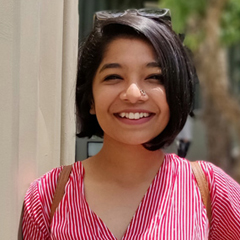Adai-avial: A souvenir of multiculturalism

Mail This Article
It is the oldest story in the world - when people migrate, a slice of their food culture is preserved as it brings with it a sense of belonging. But how much of it can you embalm? One will have to mend their ways to survive. This is how the Tamizh community settled in Kerala gifted us the exquisite combination of Adai and Avial.
The Iyers (Tamizh Brahmins) who are inherently vegetarians migrated to parts of Kerala possibly from the early part of the 18th century. They brought their cuisine with them and adapted the Kerala way of living to an extent. Rice, lentils, pulses, ghee (clarified butter), curd and coffee are a few indispensable components in their diet. Thus idli and dosa soon became a crowd favourite in this part of the world. A traditional Tamizh protein-rich breakfast paired with a nutritious blend of vegetables from Kerala, adai-avial is an ingenious fusion of these two cultures.
Unlike for Dosa, the batter for adai requires less fermentation, thus saving us some time during the wee hours of the morning which gets used up in the process of making avial. When laziness kicks in adai are served with a mix of jaggery and ghee, talk about necessity being the mother of innovation!
A simple adai batter is made of rice, urad dal, toor dal, Bengal gram dal, red chillies and asafoetida, could be best described as a ‘masaledar’ dosa. Avial with its tangy and faintly sour flavours imparted by tamarind or curd pairs really well.
When we dive deep into the intricacies of Indian cuisine, our dishes are in fact borrowings from other lands owing to migration. The exchange of ideas, recipes, and adaptations as per alternatives have been a part of the human race since our very existence. Mughlai, Awadhi, Indo-Chinese, Parsi, Suriyani and more came to be landmarks in Indian cuisine thanks to the receptive characteristics of our ancestors. Let's think beyond what is mine or yours and credit it as 'ours' for what it is worth!
(The author is a food blogger and culinary enthusiast.)


